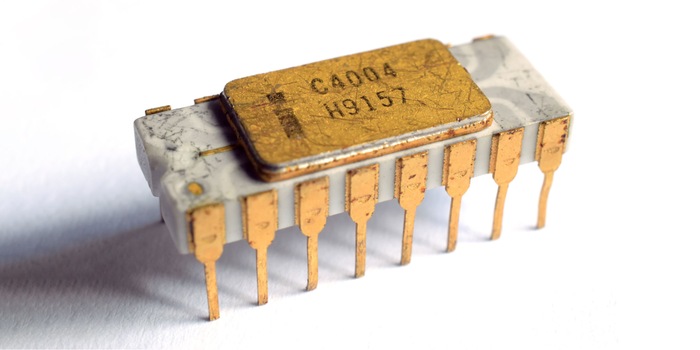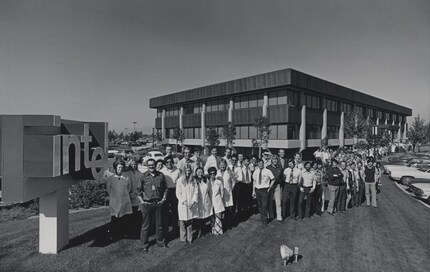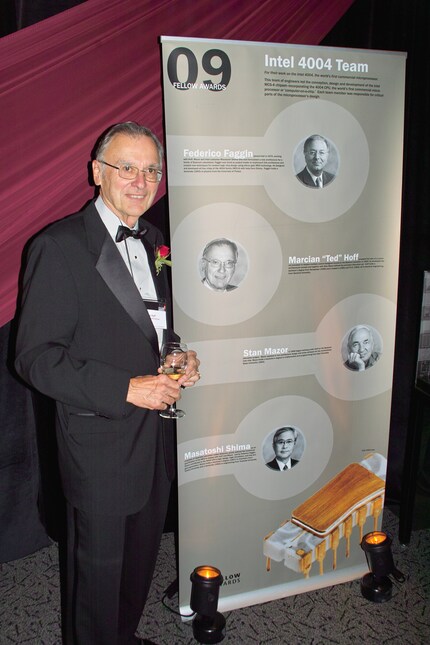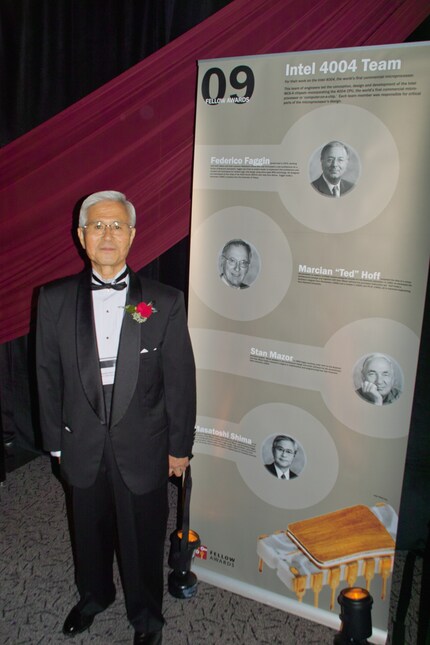
Background information
Intel has released final specs for the Arc-A770 graphics card: so what?
by Kevin Hofer

Computers were rare in the mid-1960s and early 1970s. Most people saw the giant machines as a threat to their jobs. However, the same did not apply to desktop computers. And so it was that a desktop computer project became a milestone in the history of universal computers.
Two people had a significant influence on the development of the microprocessor: Robert Noyce and Tadashi Sasaki. Sasaki designed a single-chip CPU in 1968. He proposed splitting the chipset into four parts: ROM, RAM, shift register and CPU. According to his own statement, this idea was suggested to him by an unknown woman. Sasaki presented the design to Intel and Busicom in the same year.
It is precisely this chipset design that Intel wants to see in Busicom's desktop computers: Instead of a specialised chip, a universal chip. Intel engineer Ted Hoff and Busicom engineer Masatoshi Shima are developing the chipset together. Shima has already developed a proposal in advance. Ted Hoff simplifies this design based on Sasaki's idea. In a few months, two teams, one led by Hoff and one by Shima, develop the specifications of the chipset.
The 4004 clocked at 500 to 740 kHz. It had considerable limitations. As a 4-bit processor, it could only generate 24 or 16 different combinations or "words". To distinguish between the 26 letters of the alphabet and up to six punctuation marks, the computer had to combine two 4-bit words. The 4004 was produced until 1981.
That's it for another chapter in the history of computing. Next time, we'll continue with the microcomputer. <p
From big data to big brother, Cyborgs to Sci-Fi. All aspects of technology and society fascinate me.
Interesting facts about products, behind-the-scenes looks at manufacturers and deep-dives on interesting people.
Show allThe year is 1968 and Robert Noyce and Gordon Moore found the Intel Corporation. The young company is trying to gain a foothold in the up-and-coming Silicon Valley with the production of RAM. A year later, the company is approached by Busicom, a Japanese manufacturer of calculators, to produce chips for new desktop computers. Despite its focus on RAM, Intel decides to respond to Busicom's enquiry. The young company is already thinking about expanding its business field.



The chip design is similar to that of minicomputers. In addition to the input/output functions - which most integrated circuits of the time perform - the integrated circuit controls, sends and receives signals from other chips and devices. Instructions are stored in the device's memory, which the chip reads and responds to. The chip therefore does everything Busicom wants, but much more: it is a universal computer that can perform every conceivable task and not just one specialised task. There is little demand for such a product, but the Intel team is sure that it will find a market.
The Management of Busicom agrees with the new proposal. Federico Faggin takes over the development of the 4004 microprocessor. Busicom subsequently sells over 100,000 computers with the 4-bit processor. The Japanese company got into difficulties in 1971 and asked Intel to reduce the price of the 4004. Intel takes advantage of this and renegotiates the contract. Busicom gives up the exclusive rights to the 4004 for a paltry 60,000 dollars. From November 1971, Intel sells the microprocessor to third parties.